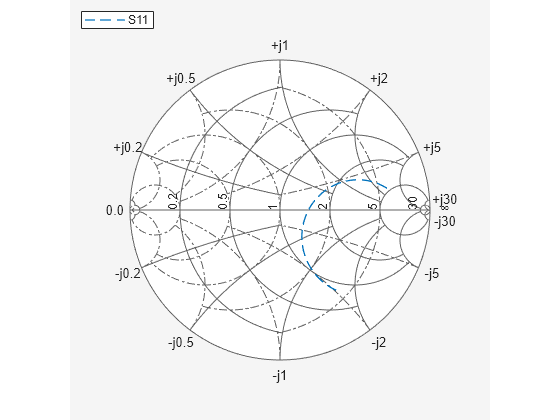

For transient analysis, you can model nonlinear materials, signal propagation and return time, very broadband behavior, and time-domain reflectometry (TDR).Īdditional methods and analyses are available for transmission line equations, explicit time domain, electric circuit modeling using netlist, asymptotic scattering, and the boundary element method (BEM). The computation efficiency can be boosted by using model order reduction (MOR) techniques such as modal method and adaptive frequency sweeps based on the asymptotic waveform evaluation (AWE) method. There are tetrahedral, hexahedral, prismatic, and pyramidal mesh elements, as well as automatic and adaptive meshing.įor frequency-domain analysis, you can compute resonance frequencies, S-parameters, near/far fields, Q factors, propagation constants, and antenna characterization through frequency sweeps.

FEM is used for frequency-domain and transient analysis, with vector/edge elements of order 1, 2, or 3 that adapt to the curvature of CAD surfaces. The default solvers built into the RF Module help you feel confident that your analysis is correct and the design is backed up by solid numerical solutions.

The RF Module relies heavily on the proven finite element method (FEM) for standard high-frequency electromagnetics analyses, and also includes alternate methods and solvers for specific types of analysis. High-Frequency Electromagnetics Analyses and Solvers
#Use smithchart rf toolbox software
With the RF Module add-on to the COMSOL Multiphysics ® simulation platform, you can analyze RF designs in ideal or multiphysics scenarios, including microwave and RF heating, all within the same software environment. To see how other physics phenomena affect the design, you need multiphysics modeling, which allows extending your analysis to include effects such as temperature rise and structural deformations. Traditional electromagnetics modeling lets you examine electromagnetic wave effects alone, but no real-world product operates under ideal operational conditions. Use the RF Module for understanding and predicting the performance of devices used in the RF, microwave, and millimeter-wave industries.ĭesigners of RF and microwave devices need to ensure that the electromagnetics-based products are reliable and robust. The RF Module helps you optimize designs by investigating effects such as electromagnetic wave propagation and resonance effects in high-frequency applications. Optimize Microwave and Millimeter-Wave Devices


 0 kommentar(er)
0 kommentar(er)
